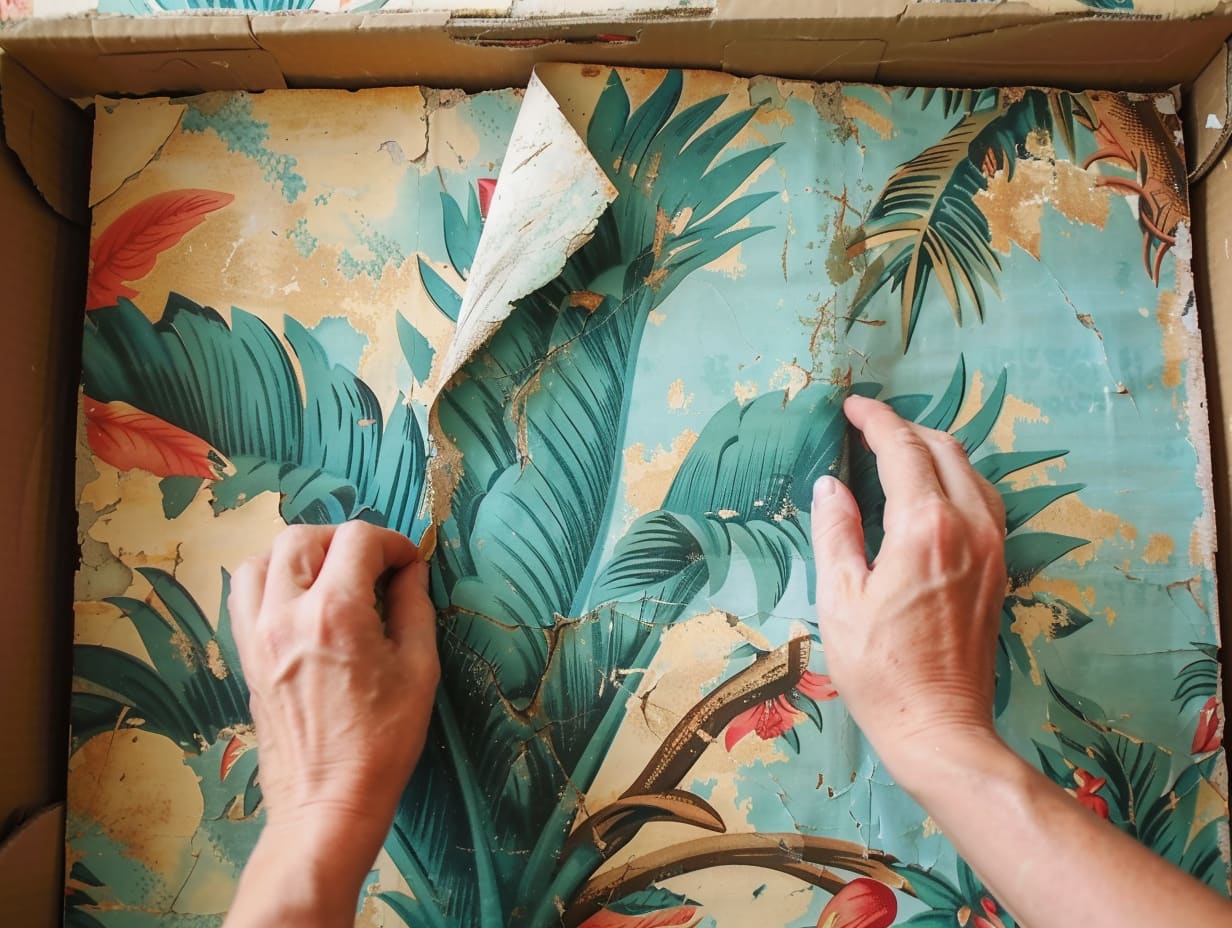At Fine Print, we specialize in breathing new life into vintage wallpaper rolls. Our team of graphic designers, illustrators, and pattern artists are dedicated to preserving the original beauty of each wallpaper sample we receive.
However, the condition in which we receive these samples significantly impacts our ability to restore them efficiently and accurately. To ensure this process goes as smoothly as possible, here are some guidelines on how to submit your wallpaper samples for digital restoration, and avoid common pitfalls that can drag the process out or produce less than optimal results.
How to Prepare Your Wallpaper Samples
The Importance of Sample Integrity
The first step in a successful digital restoration is submitting a wallpaper sample that is as intact as possible. Samples that arrive damaged, creased or incomplete create additional work for our restoration department and can sometimes compromise the quality of the final digital reproduction.
You also want to be sure that you are submitting the totality of the pattern or design, so that your restoration specialists won’t have to recreate missing sections, which is among the most time intensive and costly aspects of wallpaper restoration.
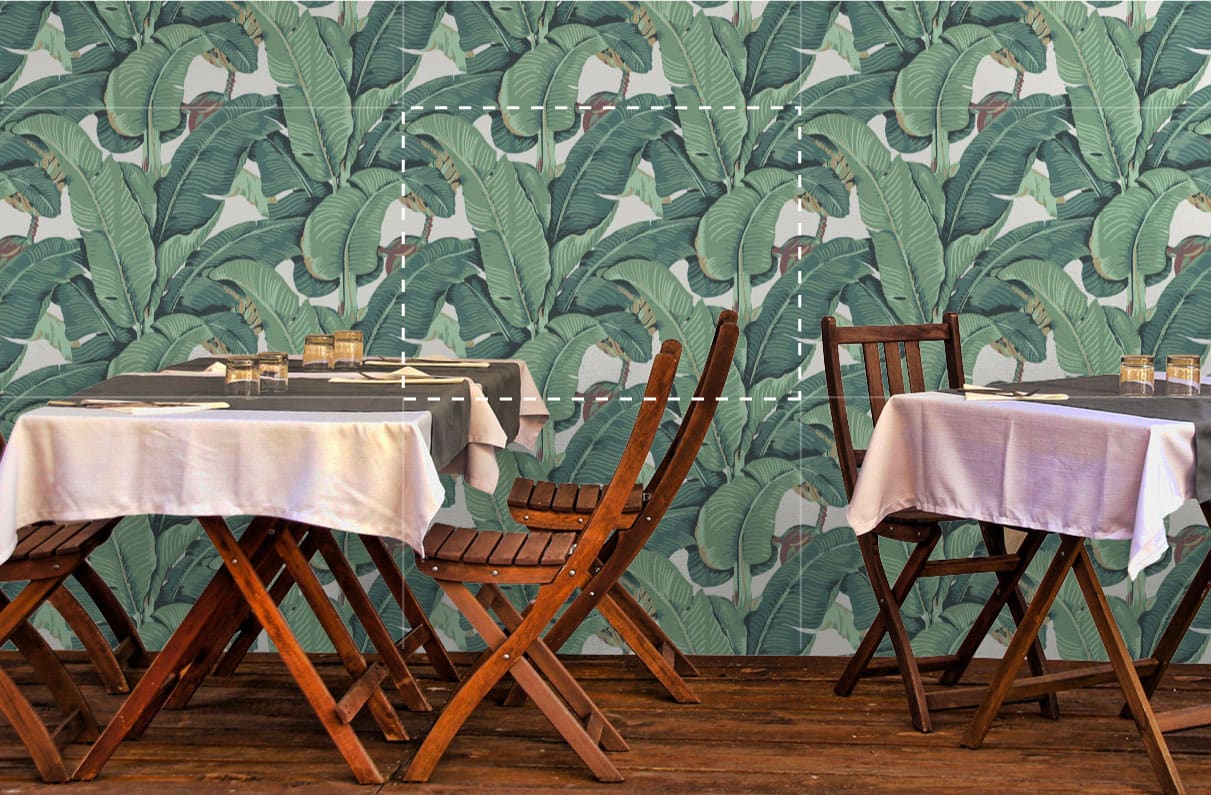
For tips on identifying the core drop of a pattern, you can read our sister article “How to Reproduce Existing Wallpaper Designs”
Three Simple Rules for Preparing Wallpaper Samples
(1) Do not cut the wallpaper into pieces. As mentioned earlier, we require the entire core drop of the pattern to accurately capture the design’s full essence.
(2) Avoid folding the sample. Creases can obscure details and colors, making digital restoration more challenging. If you absolutely must fold a sample, be sure that the artwork is on the outside as it is less likely to create cracks. This is especially true for laminated or embossed samples.
(3) Send Clean samples The fewer blemishes, stains and spills that sully the sample, the more pristine and true to life the recreation will be. Be sure that all dust, lint and hairs have been gently brushed away.
How to Package Your Sample
Proper packaging is crucial to protect your wallpaper samples during transit. Here are some tips to ensure your samples reach us in the best condition.
Packaging Samples Which are in Decent Condition
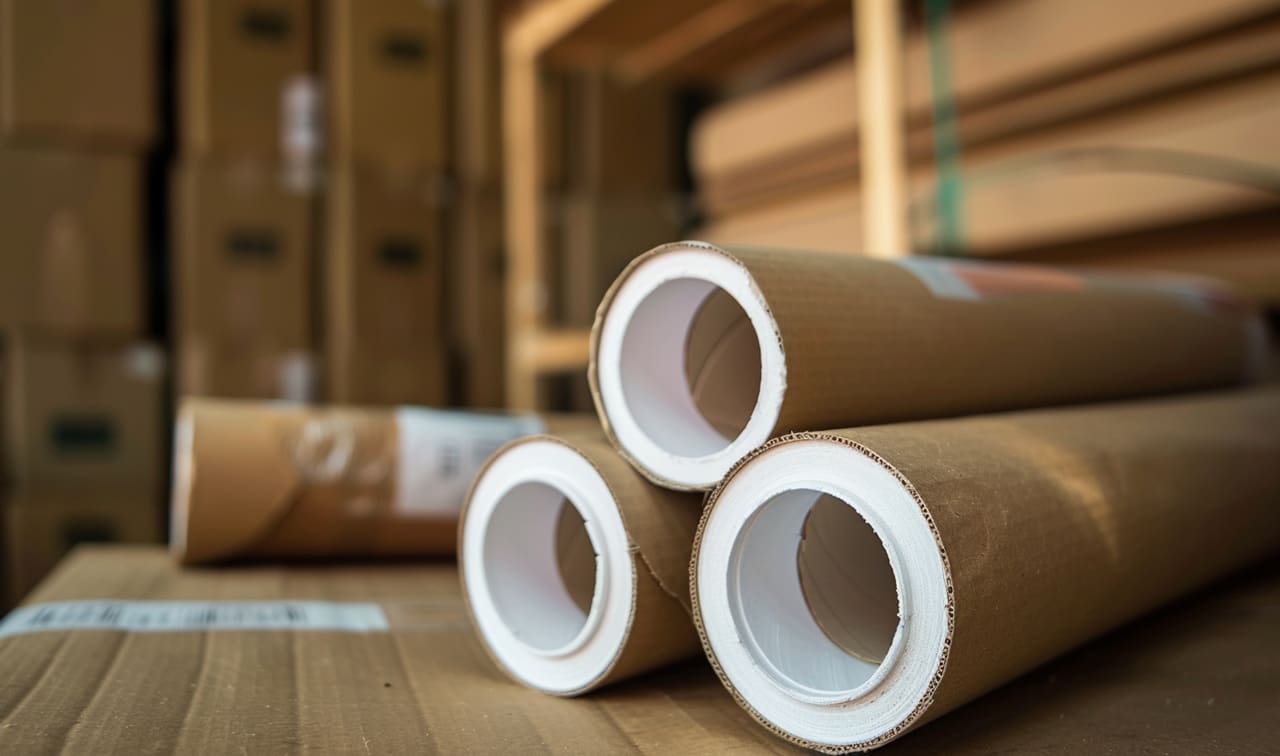
If your wallpaper sample is intact, without many rips, tears or broken pieces then any of the following options are suitable for transit:
(1) Roll the sample around a sturdy tube to prevent folding and creasing.
(2) Wrap the rolled sample in acid-free paper to protect the surface from any potential damage.
(3) Place the wrapped sample in a hard cardboard tube that is slightly larger than the sample itself. You may also use a cardboard box. Fill any empty space with bubble wrap or packing peanuts to prevent the sample from shifting.
(4) Seal the tube with heavy-duty tape and clearly label it with “Fragile: Handle with Care.”
Packaging Samples Which Are Fragile or Deteriorating
Older samples need extra care when shipping. Your packaging method will depend on how badly damaged the sample is
For Moderate Damage: (Tears, Rips, Holes, etc)
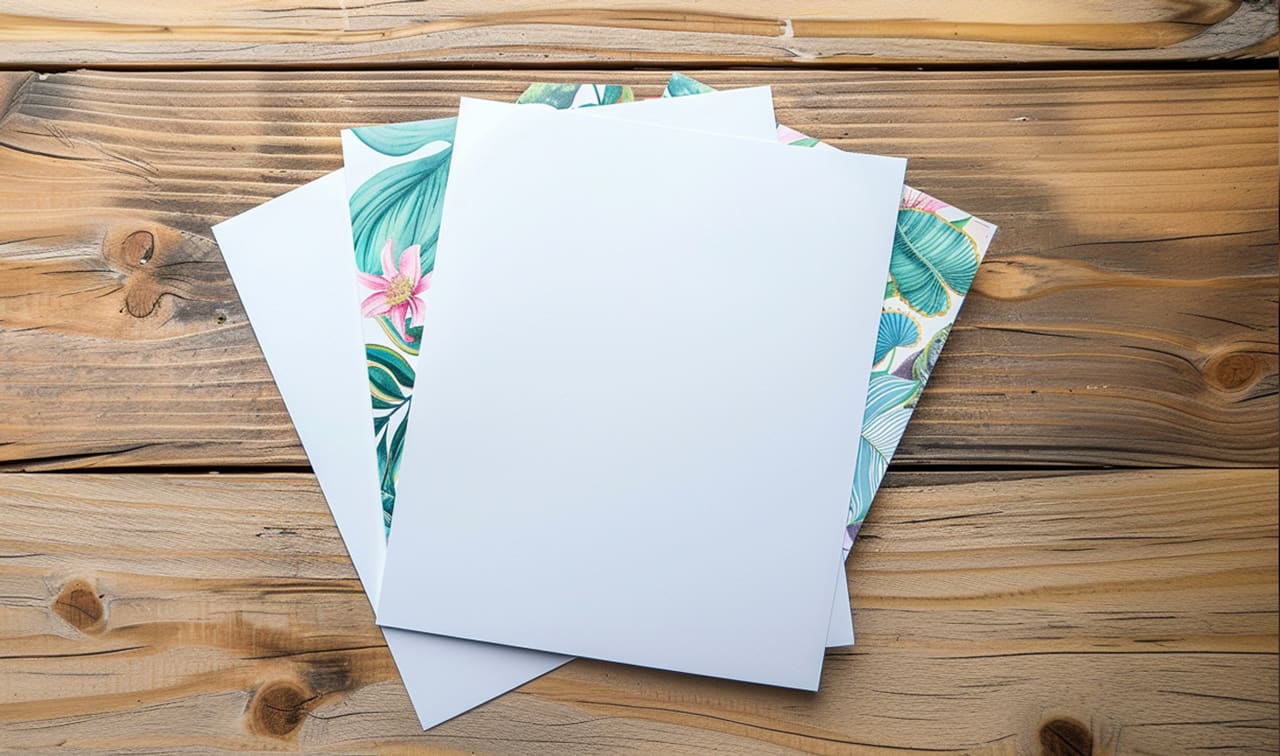
We recommend sandwiching each sample between two sheets of paper and placing it into a folder. This dual layer of protection avoids any friction during transit that may compromise the inks
For Extreme Damage: (cracking, peeling, or literally falling apart)
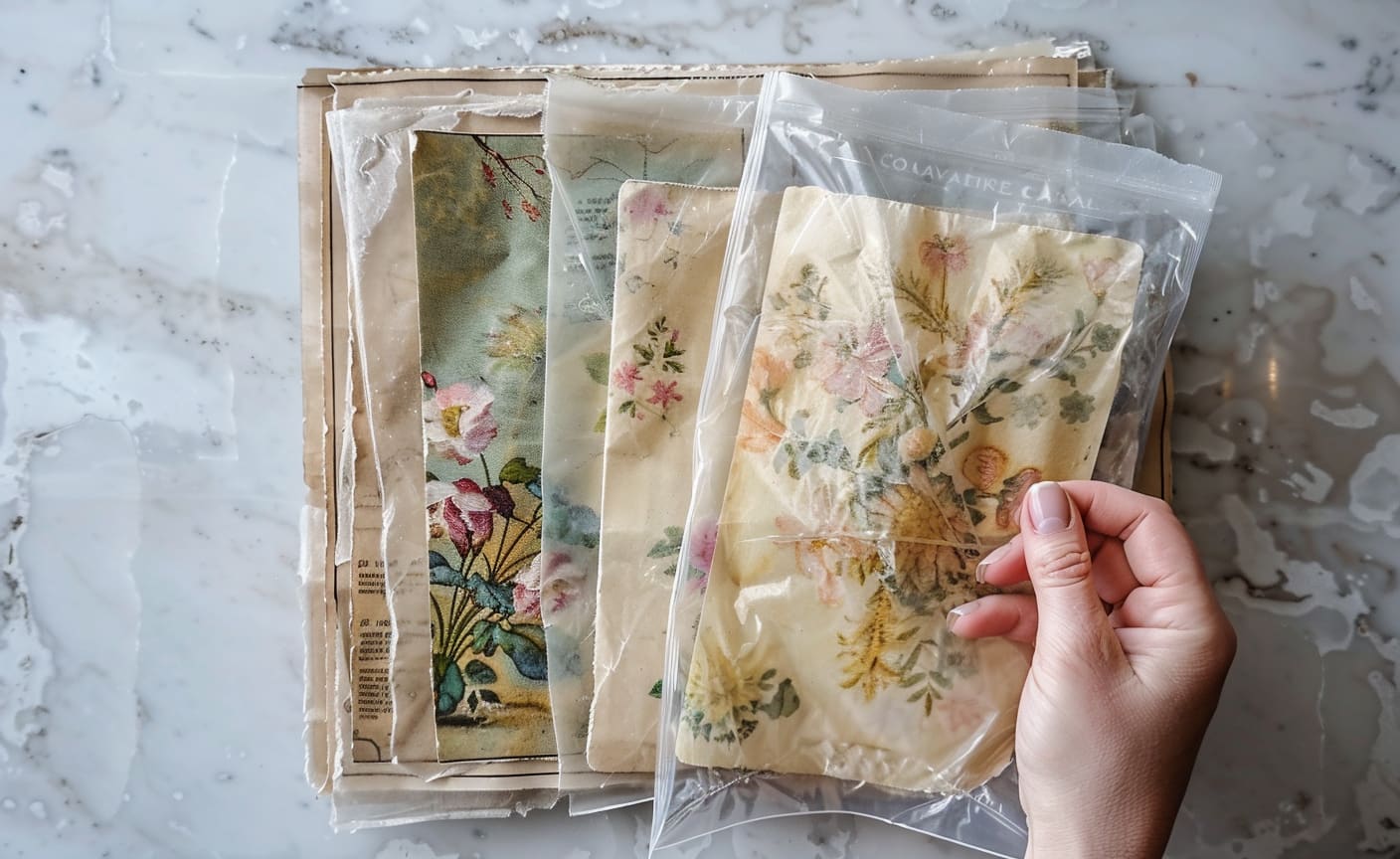
We recommend placing damaged samples into a ziplock bag and then placing it into a folder or between two piece of thicker stock paper or cardboard. The ziplock helps ensure that even if the sample breaks down in transit, the fragments are consolidated and can be pieced together later on.
With either method, the folder can then be placed into a proper packaging envelope or box depending on the size.
Packaging Samples That Won’t Come Off the Wall
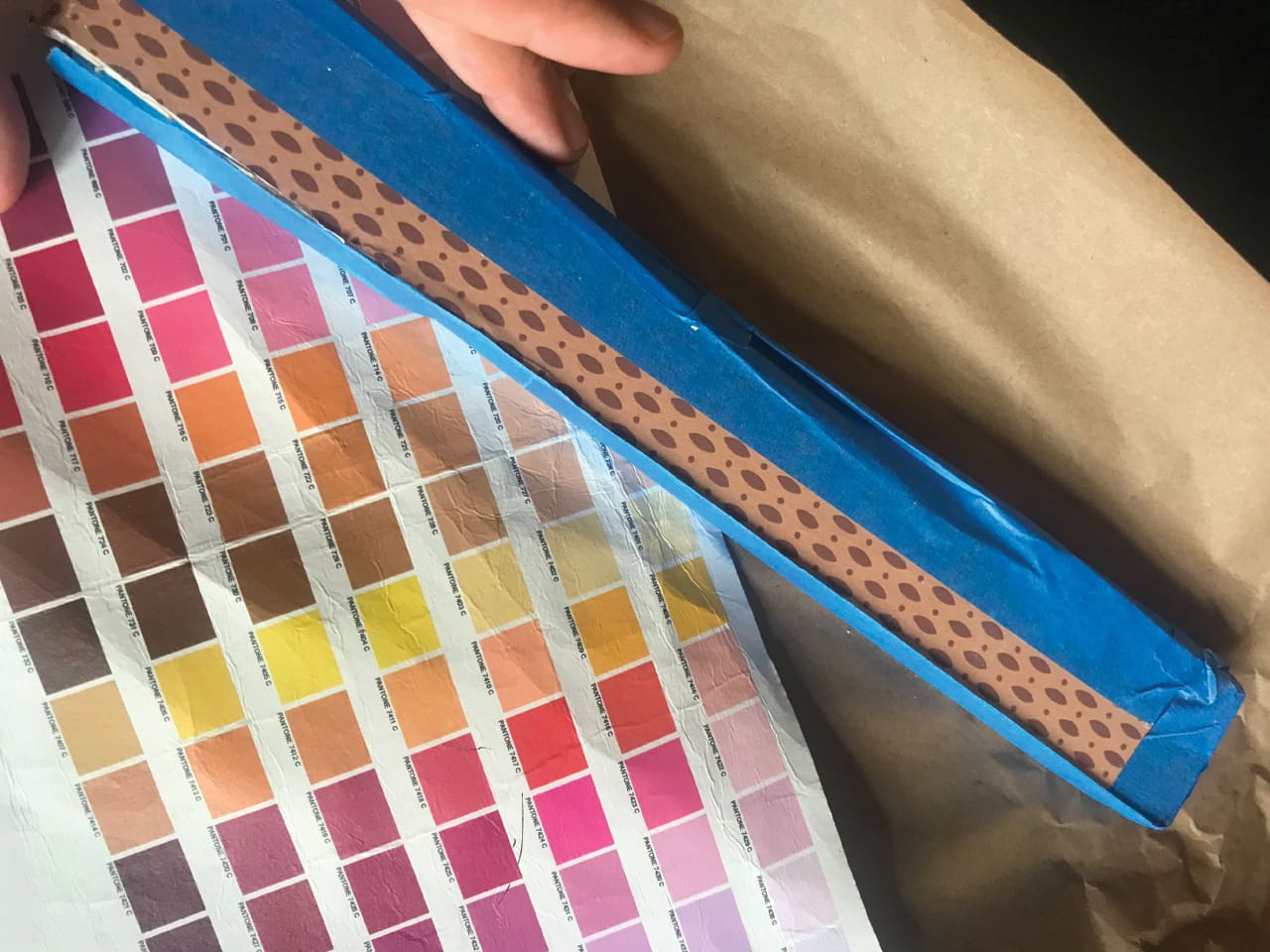
There are occasions when removing a piece of wallpaper is not an option as doing so would cause irreversible damage. In such cases you may send an actual section of the drywall, sheetrock or plaster.
This method takes more time and will incur more costs for shipping and handling, but it’s a very common method for restoration when there are no other options for removal.
As you can see in the above photo, we’ve instructed the client to seal off all the edges of the wall section in order to reduce and eliminate dust. Since these are much heavier samples, you should consult with your shipping company to determine the most adequate box or crate for the weight of your sample.
Note: We can scan in wall sections of up to 4x8 feet in size.
What to Include with Your Sample
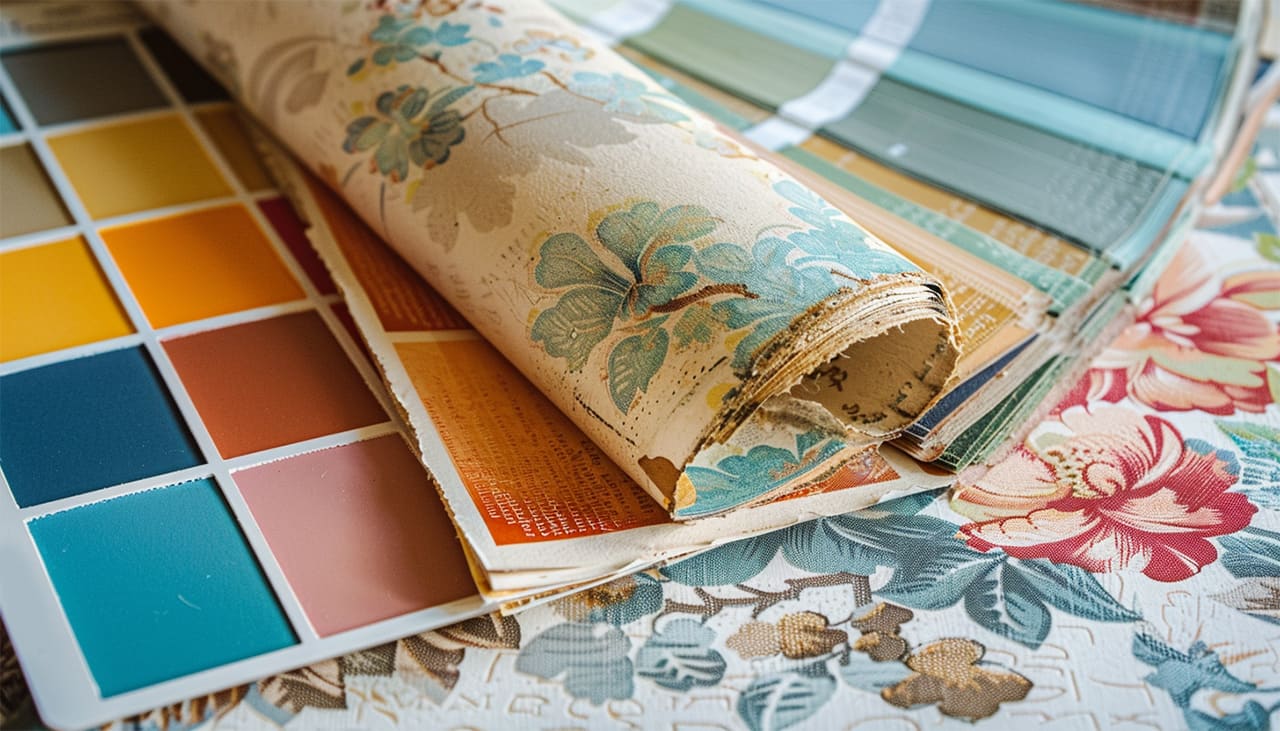
When sending your wallpaper sample, please include the following information to help us understand your restoration needs better:
Project Details and Specifications
- Contact Information: Your name, address, phone number, and email.
- History of the Wallpaper: Any background information, including the era, manufacturer, or any known details, if available.
- Restoration Goals: Specify whether you’re looking for a direct reproduction or if there are any modifications desired.
- Color Book Samples: While this step is optional, the inclusion of color samples from Pantone, Benjamin Moore or Sherwin Williams can greatly speed up the color matching process. This method is also useful when your wallpaper has faded or you are trying to match it to your current decor.
Project Scale and Scope
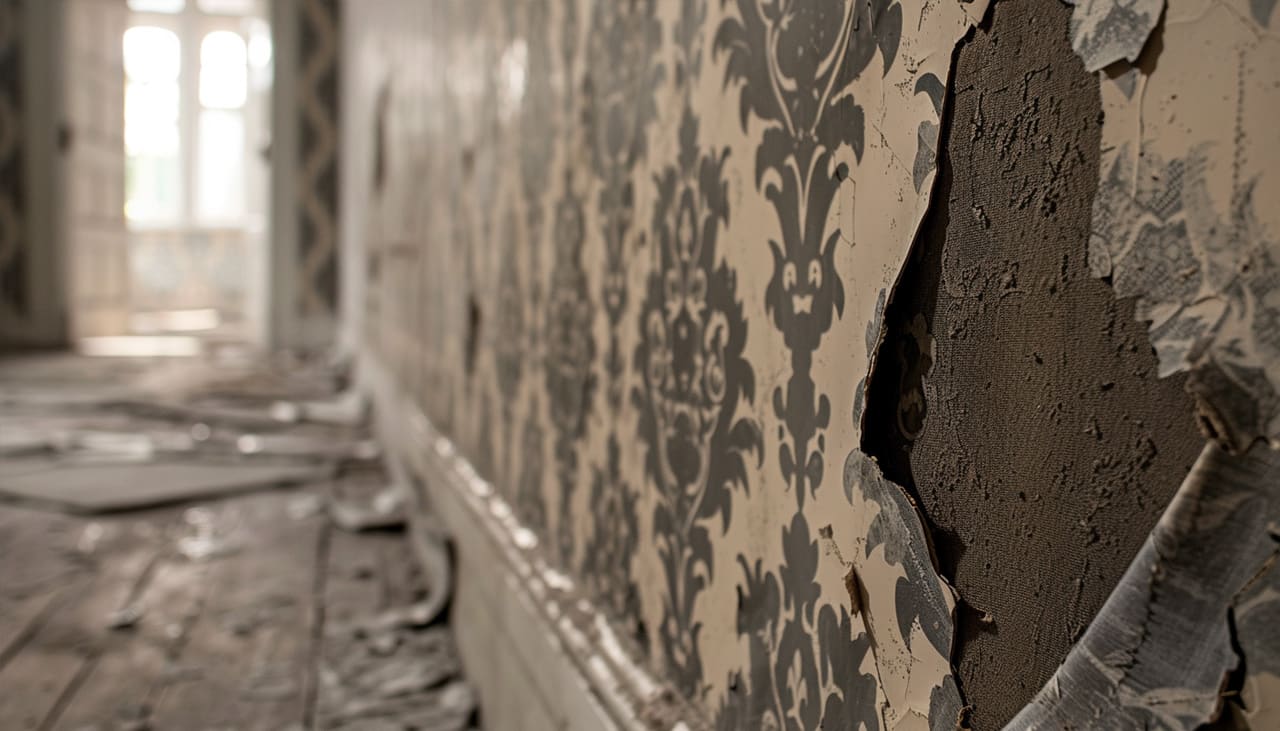
Letting us know whether you’re aiming to re-paper an entire wall or just replace a specific section is incredibly useful.
While printing a smaller piece of wallpaper might seem more cost-effective initially, the meticulous effort needed to seamlessly match a small section with the existing wall can often necessitate multiple sample rounds.
This precision work can sometimes lead to higher prepress costs than if you were to print wallpaper for the entire wall. Our consultants will provide guidance on which option is best for your specific needs.
Shipping Your Samples
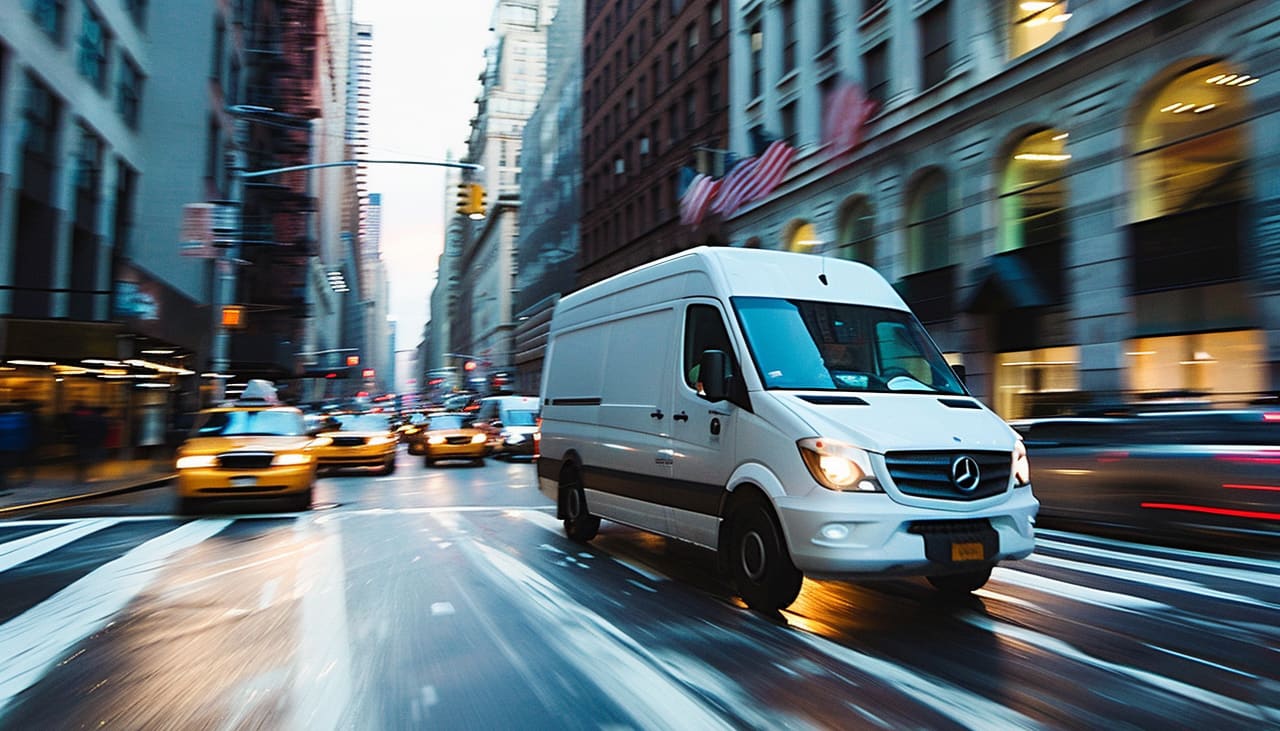
Choosing the right shipping method can also affect the condition in which we receive your samples. We recommend using a reliable courier service such as FedEx, UPS or the United States Postal Service. You will definitely want to use a shipping method that offers tracking and insurance options. This not only ensures that your sample is handled properly but also allows you to monitor its journey to our studio.
We use FedEx as our courier of choice and once we’ve completed our scans, we will send it to you insured with the additional guarantee of a required signature to ensure the sample gets back to your hands, safe and sound.
Please Note: A small piece of your sample will be cut out and not returned to you. We keep these samples on file as a reference for color matching, press calibration and creating future reprints.
After We Receive Your Sample
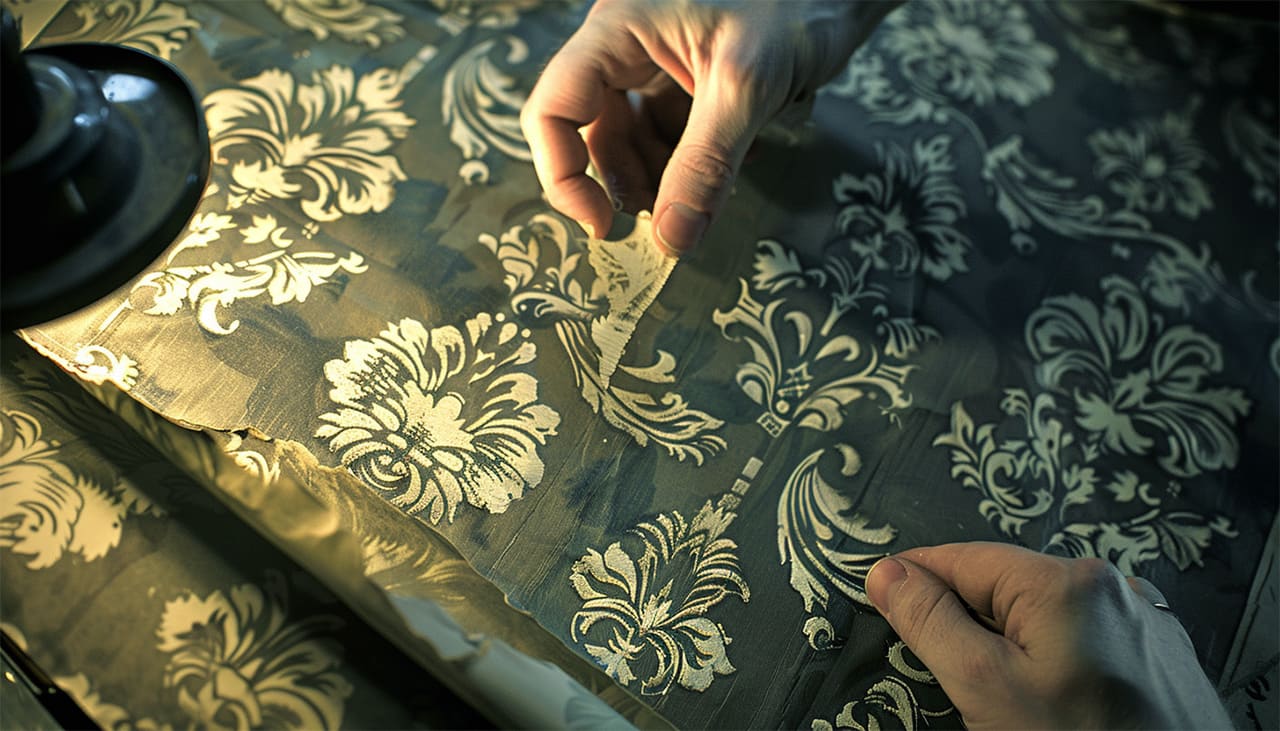
Upon receiving your sample, our team will carefully scan and assess the condition of the wallpaper. We utilize advanced scanning technology to capture every detail of the pattern and color.
Our retouching and pattern artists then digitally restore the wallpaper, ensuring that the final product honors the original design while meeting our high standards for quality and authenticity.
Communication is Key
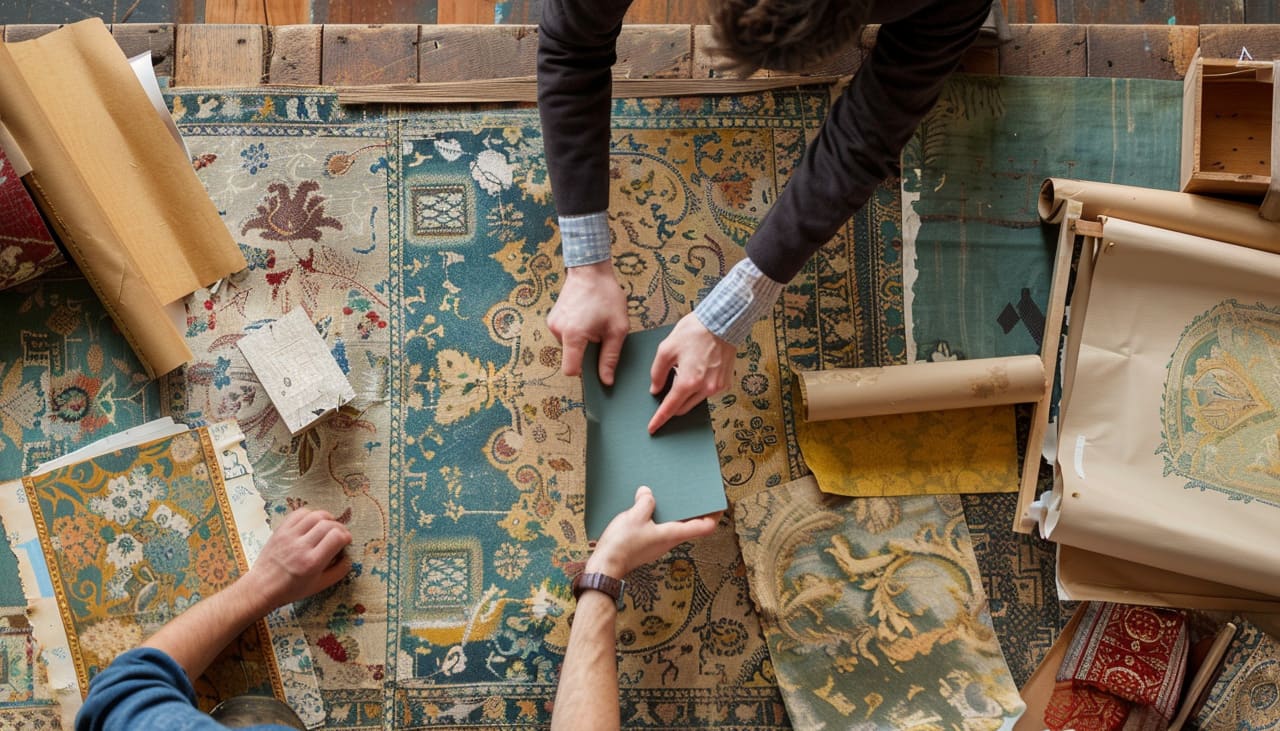
Throughout the restoration process, we maintain open communication with you to ensure the project aligns with your expectations. We may reach out for additional information or approval at various stages, so timely responses are appreciated to keep the project moving forward.
As part of our quality control process we also recommend ordering preview samples of your restored wallpaper so you can see and feel an accurate preview of what your final rolls will be like before making your final purchase.
This tight loop of feedback between our printing technicians, restoration artists and our clients are what help us to achieve optimal results and the most faithful reproductions using our large format digital printing technology.
Conclusion
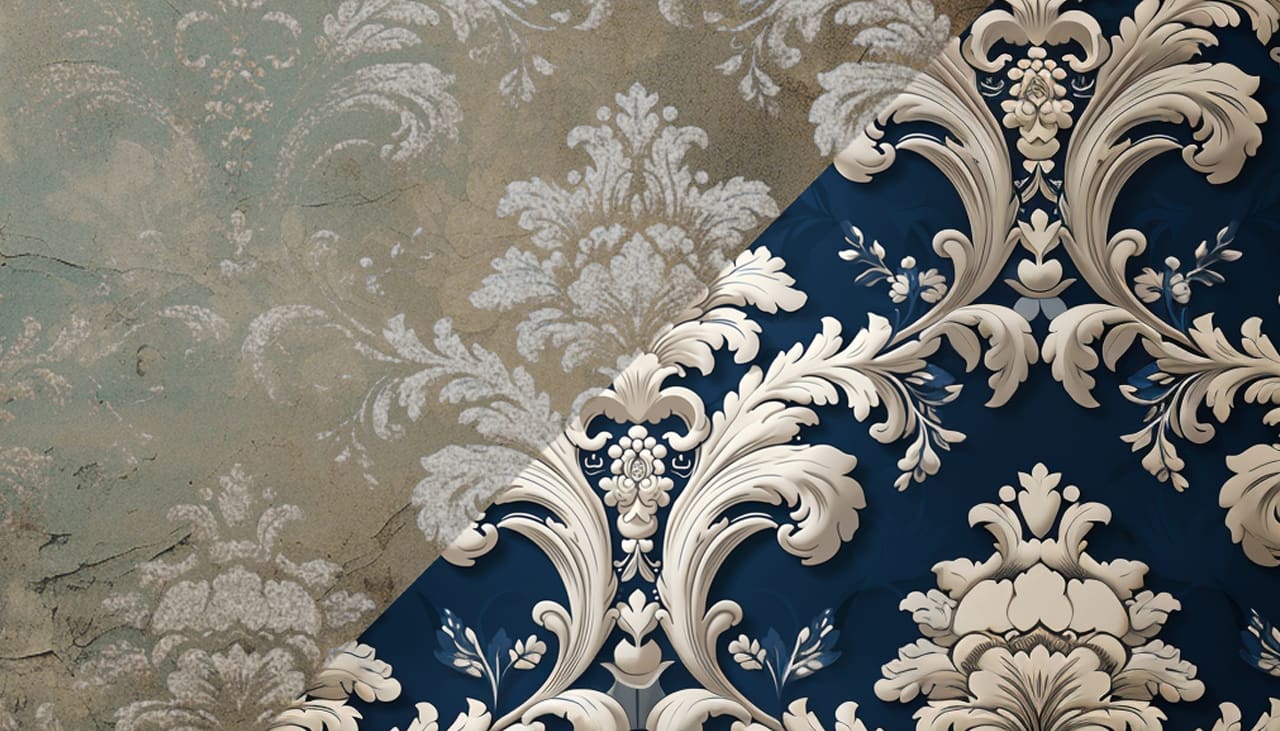
By following these guidelines for submitting your wallpaper samples, you can attain the best possible results while minimizing additional work and costs associated with sample preparation. Together, we can ensure that your cherished designs are restored to their former glory and enjoyed for generations to come.
For more information on our digital wallpaper restoration process feel free to visit our [Wallpaper Recreation Page]:/wallpaper/recreate.
If you have any questions about this process or would like a free assessment of your wallpaper restoration, send a snapshot of your wallpaper to inquiries@fineprintnyc.com. For specific concerns or questions about your project, please contact us directly at 212.619.5446.
